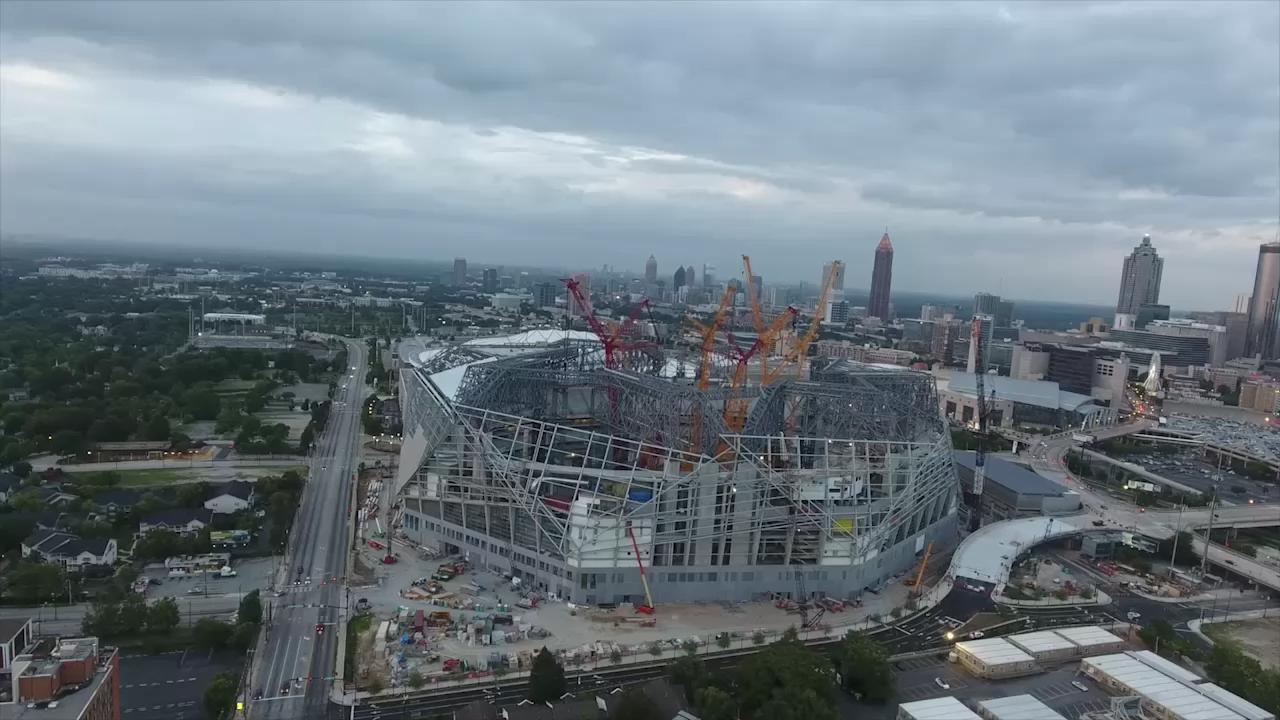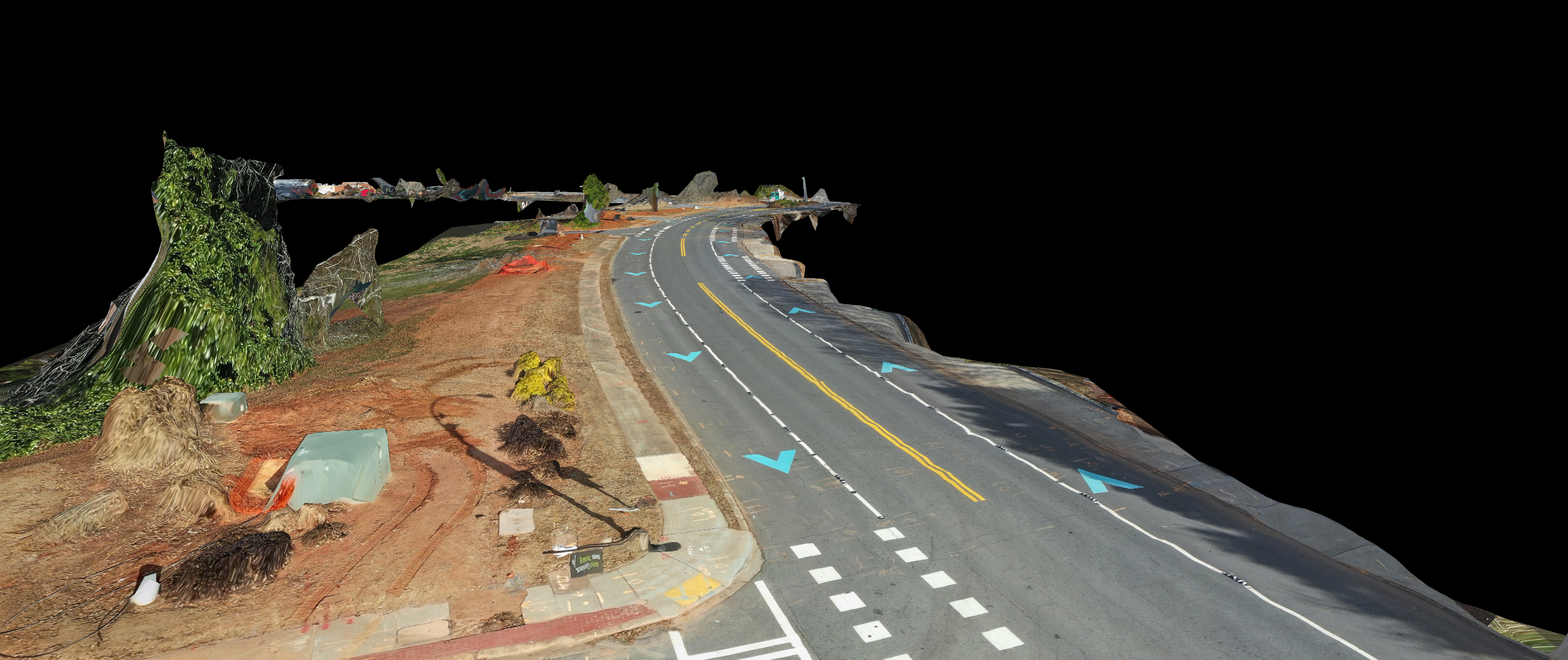Estimated reading time: 4 minutes

Drones have become increasingly popular in the construction industry in recent years. These high-tech tools offer a wide range of benefits, including improved safety, increased efficiency, and reduced costs. In an era marked by technological innovation and the relentless pursuit of efficiency, drones have emerged as a game-changing asset in the construction industry. This remarkable transformation is underpinned by a trifecta of advantages: enhanced safety, increased efficiency, and substantial cost savings. In this comprehensive exploration, we delve deep into the myriad ways in which drones are revolutionizing construction, painting a vivid picture of the future where they are poised to become indispensable tools for builders and engineers.
Enhanced Safety: A Paramount Concern
Safety in construction is non-negotiable, and it is here that drones shine brightest. The construction industry has traditionally been fraught with risks, especially when it comes to inspecting hard-to-reach areas or surveying potentially hazardous sites. Drones, equipped with cutting-edge technology, address these concerns comprehensively.
Drones are now routinely deployed to inspect towering structures, such as skyscrapers, without jeopardizing the safety of human workers. Scaling the heights of these buildings or venturing beneath bridges to assess their structural integrity no longer necessitates workers to put their lives on the line. Drones, with their nimble maneuverability and precision, become the eyes and ears of the construction team, capturing vital data and images from vantage points that were once perilous.
Moreover, hazardous sites like chemical plants or contaminated landfills, where human exposure to toxic substances could be fatal, are now surveyed by drones. These unmanned aerial vehicles can traverse these areas, capturing crucial information without endangering the health and lives of workers. In essence, drones have emerged as a crucial instrument in ensuring that construction projects proceed with utmost safety as their cornerstone.
A Quantum Leap in Efficiency:
Efficiency is the lifeblood of any construction endeavor, and drones are catalysts for its exponential growth. They excel in swiftly and accurately surveying expansive sites, providing meticulous maps and data that lay the foundation for sound project planning and design. The ability to generate detailed topographical maps, 3D models, and site-specific data with unparalleled speed has become a cornerstone of the construction industry.
Furthermore, drones offer real-time monitoring capabilities that redefine the concept of project oversight. By hovering above construction sites, they track progress and provide critical insights into operations. This proactive monitoring identifies potential bottlenecks or deviations from project timelines before they escalate into major problems. It is akin to having an omnipresent set of eyes that vigilantly watch over every facet of construction, ensuring that projects stay on course and within budget.
Unlocking Substantial Cost Savings:
In an industry where every dollar counts, drones prove to be a prudent investment. Their deployment yields substantial cost savings across various facets of construction.
First and foremost, the speed and cost-effectiveness with which drones can survey sites and gather data eclipse traditional methods. Ground-based survey equipment, though reliable, is time-consuming and resource-intensive. Similarly, manned aircraft for aerial surveys incur significant expenses. Drones, in contrast, provide an economical alternative that accelerates data collection without inflating budgets.
Furthermore, the ability to conduct frequent inspections and monitor construction progress mitigates the risk of costly surprises down the road. Identifying and rectifying issues at an early stage significantly reduces the expense of corrective measures that may be required in the later stages of construction.
A Glimpse into the Future:
As technology continues to advance at an unprecedented pace, the role of drones in the construction industry is poised to expand even further. The integration of artificial intelligence and machine learning promises to make drones more intelligent and autonomous, capable of performing complex tasks with minimal human intervention. This includes not only data capture but also the ability to make real-time decisions, such as identifying structural issues or deviations from construction plans and taking corrective action.
Moreover, the potential applications of drones in construction are not limited to terrestrial environments alone. Some companies are exploring the use of drones in off-world construction, including lunar and Martian habitats, where traditional construction methods are impractical.
In conclusion, drones have not merely inserted themselves into the construction industry; they have transformed its landscape. With the promise of enhanced safety, efficiency, and cost-effectiveness, they are poised to become indispensable allies for builders, engineers, and project managers. As technology continues its relentless march forward, it is not an exaggeration to say that the future of construction will be increasingly intertwined with the ascent of drones. These aerial marvels are set to redefine how we build and shape the world around us.



